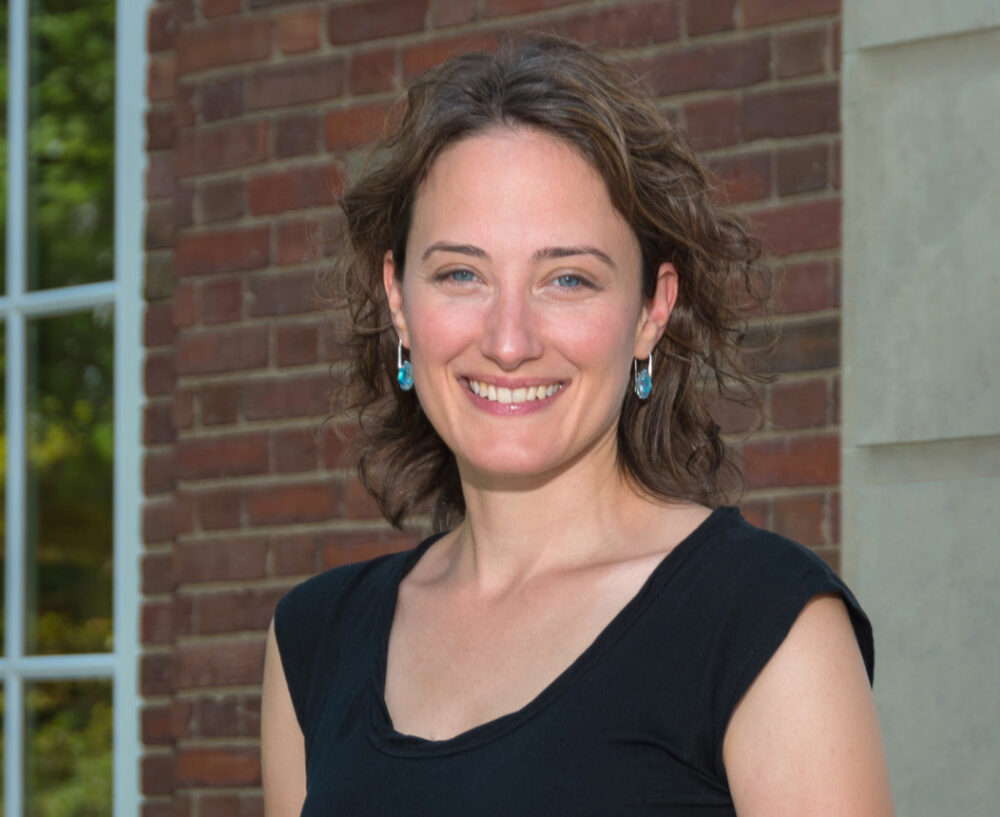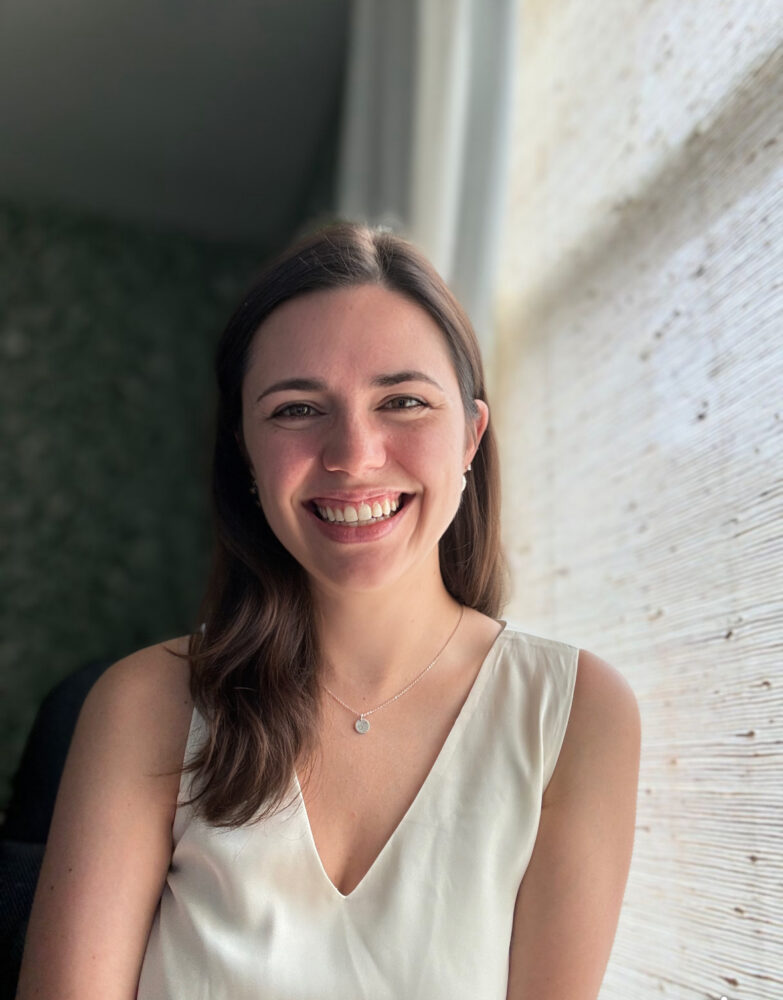
Elizabeth Hansen
Post-Doctoral Fellow
Shorenstein Center
Shorenstein Fellowship
Fall 2021, Spring 2020, Fall 2019
Past Research Initiative
In turbulent financial times for local journalism, many local newspapers are shrinking their newsrooms or closing all together. Local public broadcasters are responding by looking for innovative ways to increase the quality and digital reach of their journalism. At the same time, journalist entrepreneurs are seeing the gaps in coverage left by shrinking newsrooms, particularly in public affairs reporting, and are starting up small, digital-only news outlets. But both of these types of organizations face significant obstacles. Legacy public broadcasters tend to have a strong financial and operational bias towards radio and/or television, and weak digital capability and reach. Digital newsrooms have the technical capabilities to create and distribute high-quality journalism in digital channels, but often struggle to scale their operations and build a sustainable revenue base as they face either downward pressure on digital advertising rates or the vicissitudes of philanthropic funding.
In this environment, there have been a number of innovative experiments in merging a public broadcaster and a digital newsroom to increase the overall journalistic, technical, and financial capabilities of each. These kinds of experiments have the potential to make a significant difference in the information health of local communities. But the merger process—especially between two non-commercial entities—can be difficult to navigate. For a merger to be successful, thorny question of governance, newsroom culture, editorial and digital strategy, and financial logic have to be tackled. And not all those issues are understandable in advance.
There are now a number of examples to learn from: St. Louis, Denver, Seattle, Los Angeles, Washington DC, and New York have each experimented with combining a public media newsroom with a digital-first newsroom.
The Public Media Merger project studied these mergers and created a comprehensive “playbook” for managing public media and digital-first newsroom mergers. This playbook stands as a navigational guide for future mergers, as digital newsrooms continue to innovate and grow into the challenges of repairing the information health of local democracies.
The key questions guiding this project included:

Post-Doctoral Fellow
Shorenstein Center
Shorenstein Fellowship
Fall 2021, Spring 2020, Fall 2019

Research Community Lead, Shorenstein Center